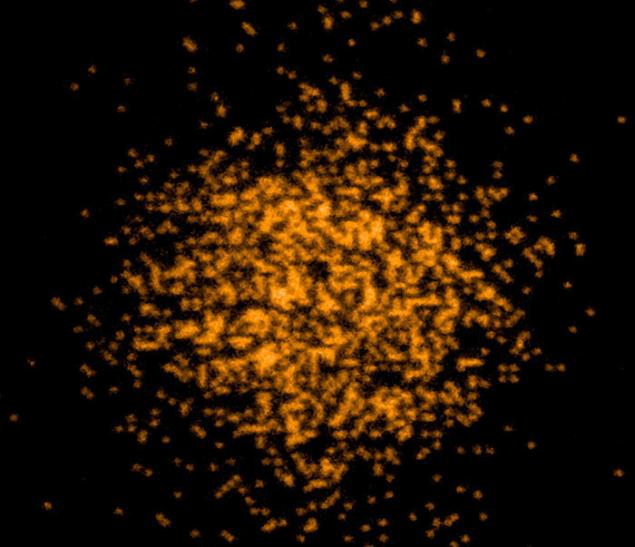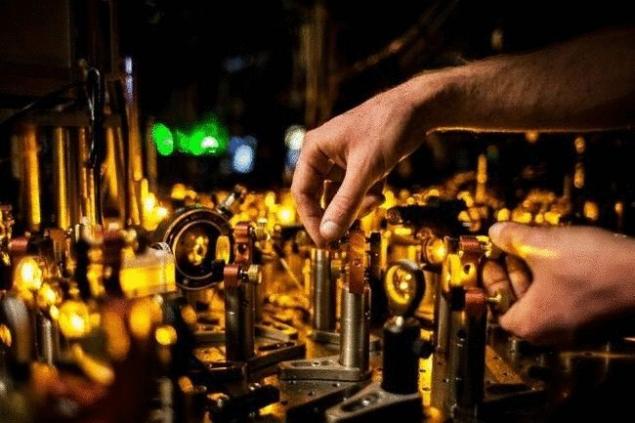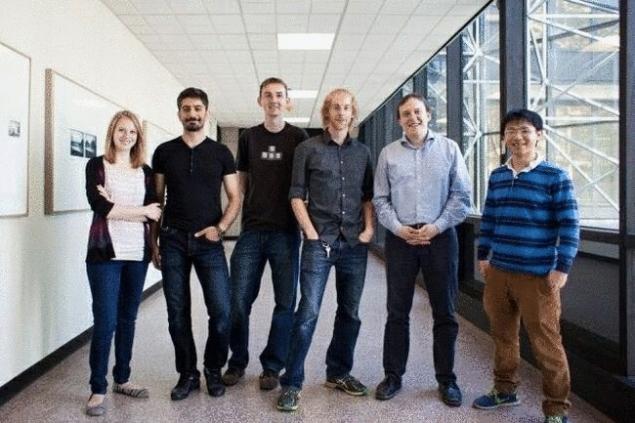538
Scientists from MIT have created the world's first fermionic microscope

Researchers from mit have created the first and only in the world of the microscope, which is able to distinguish individual fermions – particles with policeline values back. One of the representatives of these fundamental subatomic particles is, for example, quark, part of protons and neutrons.
MIT scientists have managed to make a breakthrough in the production of high-precision microscopes, as their child allows enough detail to examine the accumulation of thousands of fermions. The microscope uses a magnetic trap and a laser system to cool and eventually freeze the accumulation of subatomic particles in one position. The process of photographing particles is quite unusual. In a nutshell: the atoms of potassium are placed in a magnetic trap, where they cool the laser. The atom absorbs a photon from a laser beam when it cools and goes up one energy level lower emitting their own photons. This is the photon, and catches the lens of the microscope, gradually forming from the obtained data a General picture of the location of the particles.

In 2010, physicists at Harvard University have created a microscope that is able to distinguish individual bosons. In 2010 was created the second such microscope in the Institute of quantum optics max Planck. But until today in the world had an instrument that would be able to distinguish individual fermions. Now, this niche is finally no longer empty.

"We were trying to do for science is the same thing scientists did before us, developing bosonic microscope. Our task was much more difficult as the atoms with which it had to work, not so easy to cool. So we had to invent a whole new way to cool them, while watching them from the side", — told the press one of the leaders of the project, Professor Martin Zwierlein.The creation of fermion microscope will allow scientists to look into where I did not look still no one to them. Who knows what secrets will be opened to mankind in the near future. But one thing can be sure: science is not static, it changes and is continually changing the world around us. published

P. S. And remember, only by changing their consumption — together we change the world! ©
Source: hi-news.ru























